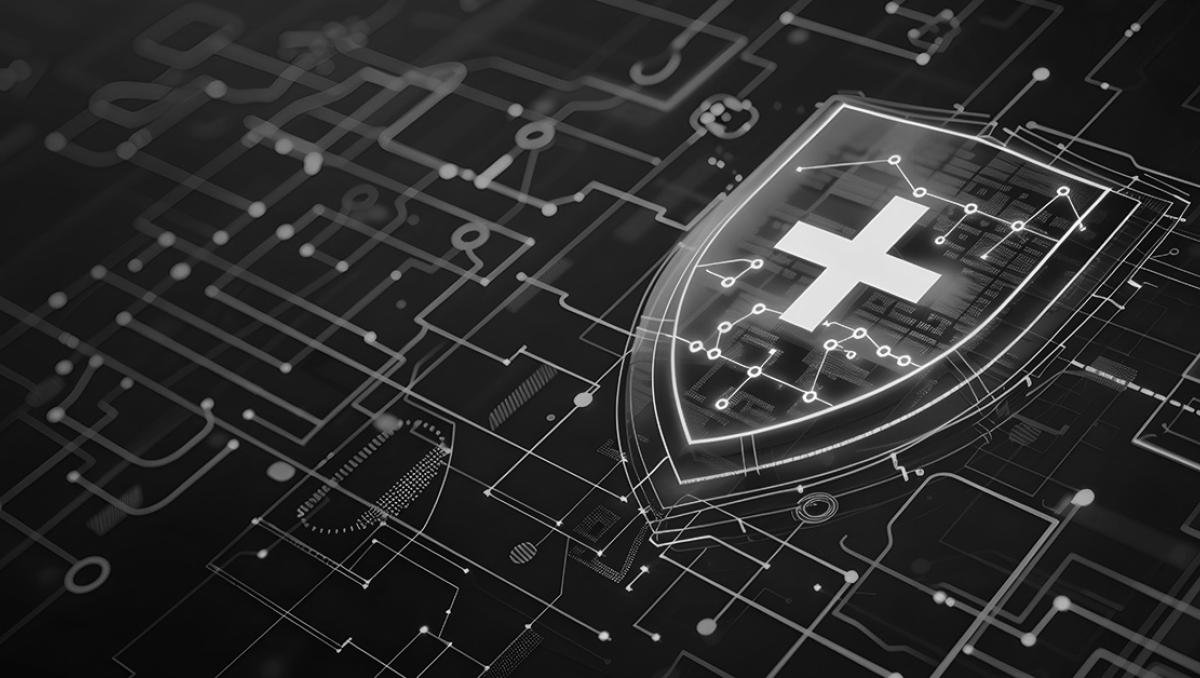- Best early Prime Day phone deals: My 17 favorite sales live now
- The 13 best early Prime Day 2025 deals under $25
- Are Amazon Basics tools any good? I bought a bunch to find out, and you'd be surprised
- VMware Product Release Tracker (vTracker)
- Cisco Live 2025: Collaboration Reimagined for the Agentic AI Era
How Human Behavior Can Strengthen Healthcare Cybersecurity

Few sectors exemplify the enormous value of data as healthcare does. From the relatively mundane, such as digitalizing patient data for streamlined care, to the extraordinary, like the use of AI to revolutionize prostate cancer diagnosis and care, data is the lifeblood of modern healthcare and, as such, must be protected.
For years, we have been told that humans and human error are the weakest link in cyber defenses, but it’s time to challenge this notion. This view ignores the crucial role that healthcare professionals play in protecting patient data. With the right tools, culture, and training, healthcare organizations can turn their staff into the first line of defense against cyber threats. Let’s look at how.
Shifting Sands: The Healthcare Cybersecurity Landscape
Before we move on, it’s worth briefly contextualizing the issue. The healthcare sector is a top target for cybercrime. Some of the reasons for this are longstanding: a low tolerance for downtime, the high sensitivity of patient data, and, in some countries, enormous profitability makes healthcare organizations particularly attractive to attackers. However, other more modern factors are at play, including:
- Increasingly Complex Digital Footprints: The expanding use of Electronic Health Records (EHRs), interconnected medical IoT devices, and cloud-based storage has created more attack surfaces.
- Vulnerabilities in Emerging Technologies: Inherent security weaknesses in medical IoT devices and misconfigurations in cloud environments are readily exploited.
- Interconnected Systems: Breaches in one area can provide pathways to compromise other healthcare systems or organizations, as was the case with the Qilin ransomware attack on blood testing and transfusion firm Synnovis.
Of course, combating these risks requires advanced technologies, but we’ll get to those later. First, healthcare organizations need to turn their staff into their first line of defense.
Empowering Staff Through Culture, Training, and Awareness
Continuous, role-specific cybersecurity training is a vital — and oft-overlooked — element of any robust cybersecurity strategy. You need to think about how to cultivate a cybersecurity culture. Don’t try to build a new culture from scratch; focus on nurturing your existing organizational culture. Building a positive cybersecurity culture involves:
- Setting clear behavioral objectives
- Making training engaging and relevant to specific roles
- Fostering an environment where every employee feels responsible for cybersecurity
By training staff and building a positive cybersecurity culture, you can transform healthcare staff into proactive defenders. This drastically improves staff’s ability to avoid falling afoul of phishing attacks, for example, and it means that staff can actively identify and report potential security incidents before they materialize. And, ultimately, empowered staff help protect patient data, maintain operational continuity, and uphold public trust.
Fortra Security Awareness Training is an industry-leading solution designed to help organizations, including those in the healthcare sector, avoid data breaches and secure sensitive information by strengthening the human line of defense. It allows you to create and deploy award-winning security awareness campaigns and tailor them to your organization’s unique needs.
Humans First, Technology Second
That said, technology does play an enormously important role in protecting healthcare organizations from cybercrime. Here are two of the most important.
Enhancing Human Vigilance With Data Protection
While security awareness training educates healthcare staff to recognize and respond to potential threats, such as phishing attempts or unauthorized data access, data loss prevention tools like Fortra’s reinforce this training by providing real-time visibility and control over sensitive data, including Protected Health Information (PHI).
Fortra’s solutions, specifically, monitors data across networks, endpoints, and cloud environments, alerting users to potential risks and preventing unauthorized data transfers. Combining these solutions with security training ensures that staff not only understand the importance of data security but are also supported by tools that enforce best practices.
Maintaining Data Integrity With Integrity Monitoring
File integrity monitoring tools, like Fortra Secure Configuration Management, complement security awareness training by continuously monitoring critical system files and configurations. These tools detect unauthorized changes that could indicate a security breach, providing immediate alerts for investigation. This constant vigilance supports staff efforts by ensuring that any deviations from established security baselines are promptly addressed, maintaining the integrity of electronic health records and compliance with regulations like HIPAA.
Benefits of the People-Plus-Technology Approach
The key takeaway here is that healthcare organizations will never entirely eradicate human error, but that’s not the primary objective of security training. Empowering staff to identify, avoid, and, crucially, report potential threats drastically reduces cybersecurity risk. Couple a positive cybersecurity culture with technologies like data loss prevention and file integrity monitoring, and you help your trained staff act even faster to prevent unauthorized access and detect system anomalies.
Want to find out more about how Fortra can help your organization build a positive cybersecurity culture and guard against a vast range of threats? Want to learn about the broad portfolio of technologies we offer to help protect organizations like yours?
Contact us today.

